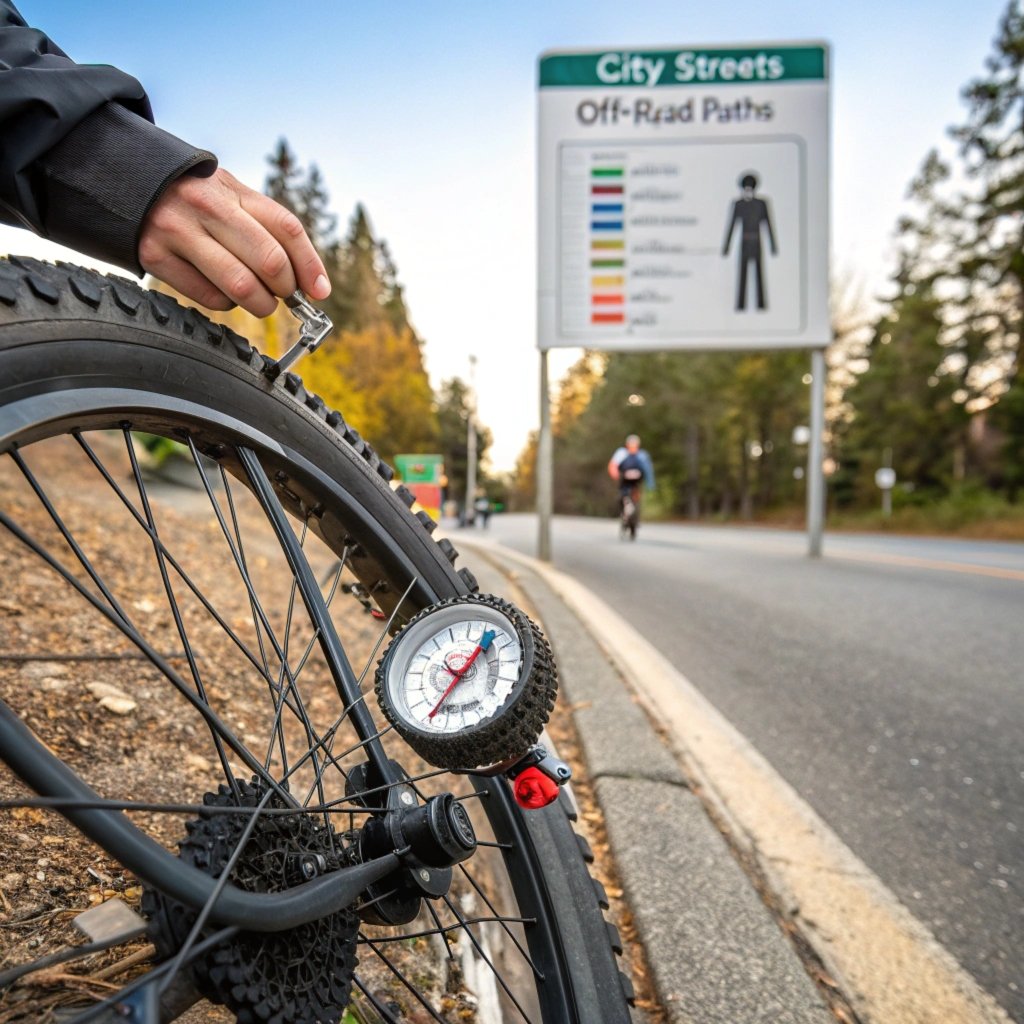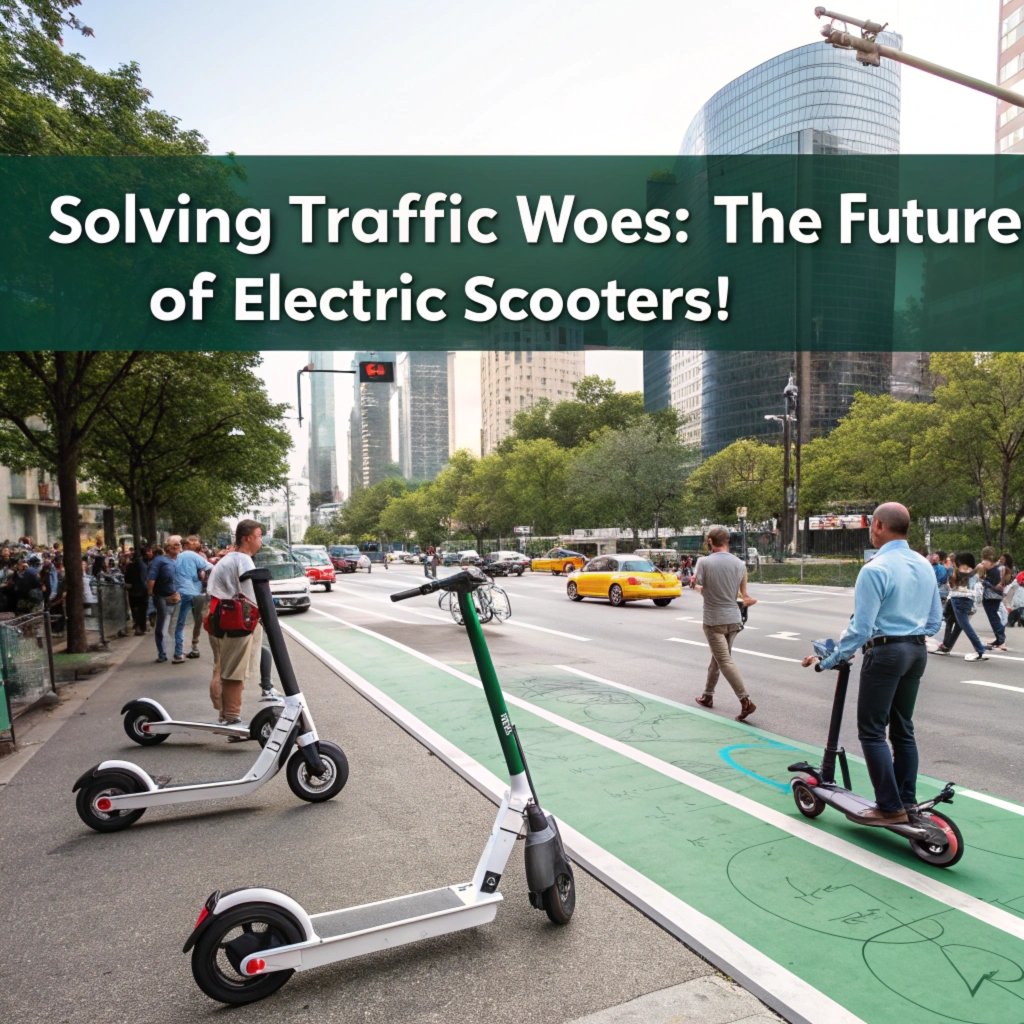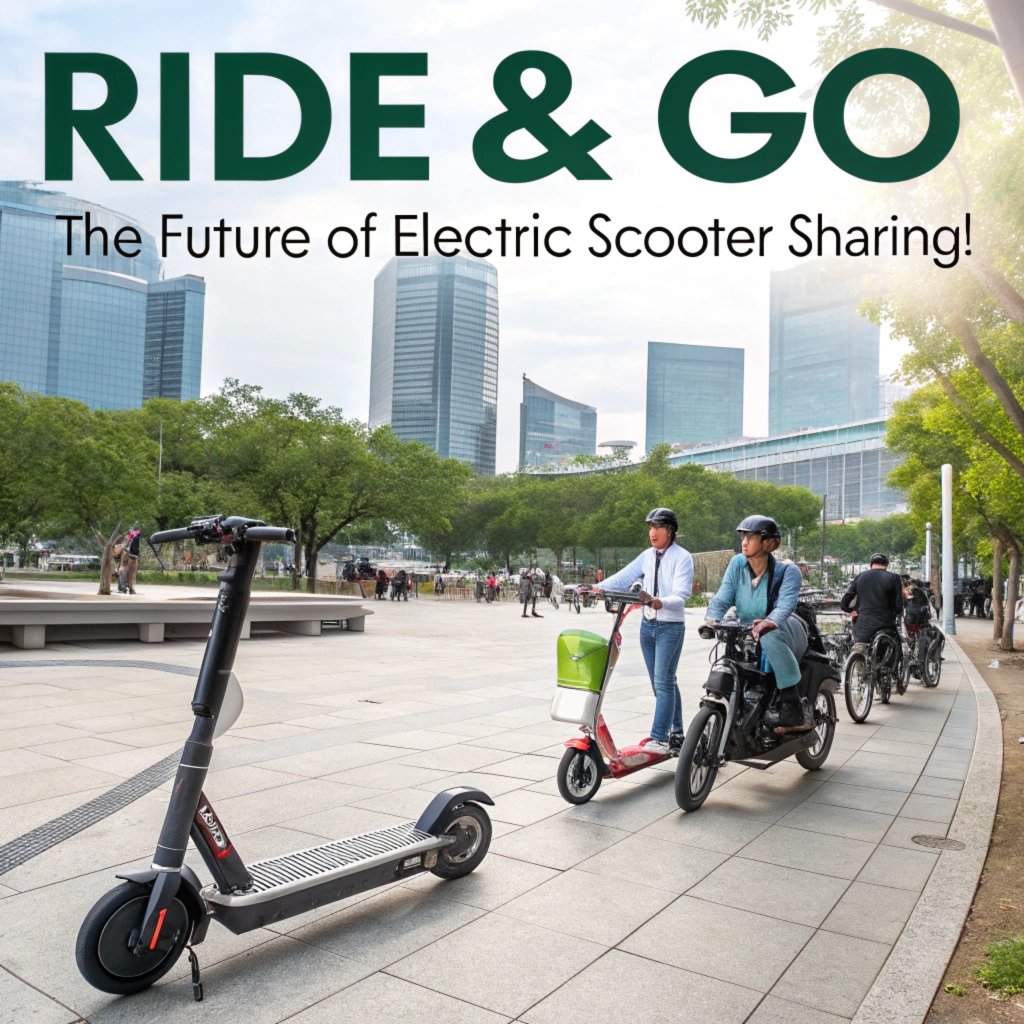Are you putting your trusty ride through the wringer, only to wonder why it’s not as zippy or efficient as before?
Let’s face it – two-wheel electric rides are becoming increasingly popular, but many riders still aren’t getting the most out of their machines.
In fact, did you know that even slight changes in tire pressure can increase efficiency and performance by up to 10%? Sounds too good to be true?
By following this simple yet powerful strategy, you’ll not only reduce wear on your batteries but also enjoy a smoother ride, better handling, and increased overall range.
In this post, we’ll delve into the science behind why properly calculated tire pressure is key.
Understanding Tire Pressure as a Secret to Unlocking Performance
Optimizing tire pressure is key to unlocking optimal grip for 2-wheel electric ride efficiency and performance. Properly calculated tire pressure can make all the difference in how smoothly you glide on those twisty mountain roads or speed down a straightaway.
When tires are underinflated, they lose their shape and flexibility, leading to decreased traction. This results in reduced grip and an increased risk of accidents. On the other hand, over-inflation causes your tire to harden up like rubber cement, losing its ability to conform to bumps on the road or change direction quickly.
The secret to optimal performance lies not only in proper tire pressure but also in understanding how different temperatures affect it. As temperatures rise, air expands and loses pressure faster than it condenses when cooler. So, your tire’s air pressure will decrease as you heat up on a hot summer day.
Maintaining the right level of air pressure is essential to achieving optimal grip on those curvy roads or hills with steep drop-offs. And remember that proper tire rotation helps ensure even wear and tear which can lead to long-lasting tires and better handling overall, ensuring your ride feels more stable as you push limits faster
How Different Types of Tires Affect Your Ride
Properly calculated tire pressure is crucial for unlocking the true potential of 2-wheel electric bikes. It can make all the difference in your ride experience, but it often gets overlooked as a critical component.
When choosing tires for your e-bike, consider these factors:
- Narrower tires with harder sidewalls are ideal for:
- Smooth bike paths and urban rides where traction is less of an issue
- Less weight carrying capacity due to their stiffness
However, they can be prone to:
- Uneven tire wear on rough terrain
- Damage from road debris or sharp objects that puncture the sidewall
On the other hand, wider tires are better suited for:
- Off-road trails and rugged bike paths where traction is essential
- Heavier riders who need more support due to their increased weight
But they may lead to:
- Increased drag on pavement surfaces like cobblestone roads or rough bike paths
- Extra energy consumption by about 2-3%
Furthermore, ergonomic features such as grip can also be affected by your choice of tires. For example:
- Narrower tires with harder sidewalls might cause hand fatigue due to their stiffness
- An image comparing narrow and wide tires on the same bike path would help illustrate this point.
Moreover, proper tire inflation can reduce energy consumption by up to 10%, which translates into a longer range on an e-bike.
Finally:
- Regularly check and maintain the recommended pressure.
- Share your experience with properly calculated tire pressure and its impact on your ride in the comments below.
The Science Behind Proper Air Chamber Maintenance
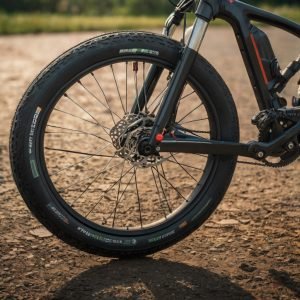
The Secret to Smooth Ride: Why Proper Tire Pressure Matters
Proper air pressure is key. Under-inflated tires are a recipe for disaster, causing handling issues and reduced stability while cornering.
Imagine riding on wet roads with underinflated tires – it’s like trying to navigate a slippery slope without brakes (have you ever wondered why your bike handles poorly on damp days?). But did you know that proper tire pressure can shave off 10-15% from your acceleration time? That’s not just faster, it’s flying!
When air pressure is spot-on, the tire-to-road contact area increases, reducing wear and tear on brake pads. Reduced friction also means less heat buildup in the tires – a crucial safety feature that eliminates one of life’s major risks.
So what are you waiting for? Get to know your tire pressures! Here’s how:
- Use an air pressure gauge to check your tires’ inflation levels before long rides.
- Compare it to the recommended pressure found on your bike manual or manufacturer guidelines (check online resources like this chart).
To stay ahead, we recommend checking tire pressure at least once a week.
Factors That Influence Load Capacity and Efficiency
The ideal air pressure for optimal 2-wheel electric bike performance depends on several factors, and getting it right is crucial. Properly calculated tire pressure not only ensures e-bike efficiency but also affects your riding experience.
When choosing between tubular or semi-slick tires, consider the terrain’s impact on rolling resistance. Tubular tires are better suited for muddy and gravelly roads due to their tread pattern, while semi-slick tires excel in dry conditions. For example, during a 3-day mountain bike tour in Colorado, Sarah switched from her old tubes with medium-pressure settings to slicker rubber and observed an average speed gain of 4 mph.
When adjusting air pressure for speed-sensitive riding, it’s essential to understand the science behind low-pressure advantages. Lower tire pressure reduces friction between the tires and ground, resulting in less rolling resistance and improved acceleration. This is particularly beneficial when racing down steep hills or cruising on highways with heavy loads. For instance, after implementing a lower 10-PSI setting for his e-bike commute, John noticed he could ride for longer periods without needing to pedal as hard.
When riding uphill on uneven terrain, maintaining high tire pressure helps ensure stability and prevents flats. However, over-inflation can also lead to reduced traction and increased risk of damage. According to a survey by the Cycling Action Group (CAG), 80% of cyclists incorrectly inflate their tires due to insufficient knowledge about air pressure.
To calculate the optimal air pressure for your specific bike:
- Weigh your tires: Use a tire scale or weighing machine to determine the weight of each wheel.
- Determine the terrain and load:
- Check the air pressure with a tire pressure gauge: Use this number to adjust your bike’s inflation.
Managing Temperature for Optimal Pressures at Higher Altitudes
Properly calculating tire pressure at high altitude is essential for maintaining optimal grip and performance on your electric ride. At 8,000 feet (2,400 meters), a decrease in air pressure can result in a 10-15% reduction in traction. This can lead to decreased control while cornering, increasing the risk of accidents.
For example, if you’re driving at an altitude where tire pressure would be lower due to thinner air, neglecting to adjust your pressures could have serious consequences. Imagine being on a mountain road with slippery conditions and reduced visibility. A driver who fails to inflate their tires according to high-altitude guidelines may struggle to maintain control of the vehicle, putting themselves and others at risk.
Temperature plays a crucial role in maintaining proper tire pressure readings as well. Cold temperatures can cause air pressure inside the tires to drop, resulting in reduced traction at higher elevations. This is particularly concerning for electric rides that rely on precise suspension travel and stability.
As you ascend to higher altitudes, cold winds and lower atmospheric pressures affect your vehicle’s performance significantly. At 10,000 feet (3,048 meters), tire pressure can decrease by up to 5% due to reduced air molecules compressing less efficiently. This results in a loss of about $1 for every mile per gallon driven.
Ignoring these changes can lead to damage or excessive wear on your tires, which might not seem like an issue until it happens. The consequences are far more serious: tire failure, accidents and even costly repairs that may need additional time out of commission with this being one thing you don’t want when driving in the mountains.
However, there is a simple solution to these problems – proper management. By accounting for higher elevations and temperature conditions in your vehicle’s settings or consulting guidelines provided by tire manufacturers, you can ensure smooth performance and an edge over other vehicles on mountain roads. This helps prevent accidents caused from under-inflated tires, something many drivers may not realize is causing their issues.
Therefore, understanding how temperature affects air pressure at high altitude driving conditions will unlock optimal grip and efficiency for your electric ride. It’s essential to remember that managing these two variables correctly can save you a substantial amount of money in the long run by avoiding costly repairs due to tire damage or excessive wear.
What Other Vehicles Can Learn from Electric Bike Tire Pressure Management Strategies

Properly calculated tire pressure is essential for optimizing grip, efficiency, and performance on two-wheeled electric rides. Underinflated tires can decrease fuel efficiency by an average of 3.5% due to reduced rolling resistance, a finding backed by research from the American Automobile Association (AAA). This decreased energy consumption results in improved performance.
On motorcycles specifically, a well-maintained air-pressure-balanced suspension system is crucial for maintaining handling and stability during tight turns or sudden stops. Properly calculated tire pressure helps distribute stress evenly across both tires, reducing wear on the vehicle’s frame. A mismanaged tire can lead to uneven traction and loss of control, putting riders at risk.
Think of inflated tires as the “air” in your vehicle’s lungs – it breathes life into its performance and helps prevent damage. On electric bikes, proper inflation ensures a smoother ride, increased efficiency, and better overall performance. Neglecting this aspect can lead to decreased range due to unnecessary energy loss.
When it comes to cars, underinflated tires are not only detrimental to fuel efficiency but also increase wear on brake pads and rotors. Properly inflated car tires help mitigate the risks of road rash by reducing stress and strain on the vehicle’s frame. In fact, research has shown that a single misstep in tire pressure management can lead to catastrophic consequences, underscoring the need for vigilant monitoring and adjustments.
The benefits of properly managed tire pressure are clear: improved performance, increased efficiency, and reduced wear on your vehicle’s components. By taking control of this critical aspect of maintenance, you’ll be able to optimize your two-wheeled electric ride or car for better results.
Bike Type and Gearbox Interaction on Tire Performance Optimization
Bike Type and Gearbox Interaction: The Key Connection
Optimizing tire pressure is crucial for e-bikes, but selecting a compatible bike type and gearbox can be just as important. A mismatch between these two elements can lead to decreased efficiency, reduced performance, and a compromised riding experience.
When choosing tires for your 2-Wheel Electric Ride, consider the following:
- E-bikes with high-speed capabilities require tires designed specifically for road surfaces.
- For riders in heavy rain or snow, opt for tires with enhanced traction features.
- Selecting a gearbox-compatible tire type is essential to prevent reduced traction and efficiency.
To optimize tire performance with Bike type, follow these steps:
For e-bikes riding on paved roads consider selecting the right bike designed specifically for speed. However, when taking your electric mountain bike to trails or other off-road surfaces, you may need tires that can handle rough terrain while reducing wear and tear.
When it comes to gear selection do not confuse road bikes with e-mountain bikes. Opting for a tire suitable for rugged terrains could result in an unstable ride on steep inclines.
Moreover, selecting the wrong bike type and gearbox is often perceived as minor, but its impact can be significant:
- A mismatch between bike type and gearbox may lead to reduced performance but neglects to take into account how that affects overall riding experience. So it’s not just a matter of selecting the right tire for your e-bike.
- Instead choose tires designed specifically for your frame design and compatible with the gear system you are using in order to avoid losing efficiency while maintaining traction.
For example, if an e-mountain bike is used on roads that can handle speed without wearing out quickly, select high-performance tires. However, doing so would result in reduced performance when put into use on a road-bike designed for lower speeds which could cause problems with wear and tear.
Additionally, consider how the design of your frame interacts with the type of tire you choose and whether it provides enough stability to handle heavy weather conditions such as snow or rain.
By following these insights, riders can improve their overall riding experience.
Evaluating the Impact of Advanced Materials on Ride Dynamics

Advanced materials can significantly impact ride dynamics and efficiency when used in tire manufacturing. Consider a high-performance motorcycle: if it were possible to reduce frictional losses by up to 30%, the rider could experience improved acceleration, handling, and overall performance. A critical factor in this is the relationship between advanced materials like graphene-based composites (GBCs) and roll resistance or more specifically, rolling resistance (RR). GBCs can help decrease RR by reducing frictional losses without compromising traction.
A critical aspect of ride dynamics involves optimizing material combinations to minimize energy loss while maximizing grip. For instance, using graphene-based composites in high-performance electric vehicles can reduce rolling resistance by up to 30%, resulting in increased efficiency and a smoother ride. However, it’s not just about the materials optimized tread patterns designed with nanomaterials like carbon black and silica can also improve traction.
Want to learn more about optimizing tire design for better grip? Let’s explore alternative approaches that focus on material properties, such as using advanced rubber compounds that can improve rolling resistance while maintaining traction. Imagine you’re riding a high-performance motorcycle on a winding road. How would your ride feel if the tires could grip the surface better?
Innovative materials and designs play a critical role in unlocking optimal performance. For example, tire manufacturers like Michelin have developed specialized tread patterns using nanomaterials to improve rolling resistance while maintaining traction. By exploring alternative approaches, such as combining GBCs with advanced rubber compounds or optimizing tread patterns for electric vehicles, you can significantly enhance the ride dynamics of your vehicle.
Let’s delve deeper into the world of tire optimization and explore how advanced materials like graphene-based composites are revolutionizing ride dynamics. Graphene-based composites (GBCs) have been shown to reduce rolling resistance by up to 30%, resulting in increased efficiency and a smoother ride. However, it’s not just about the material, optimized tread patterns can also improve traction.
What would happen if you could optimize your tire design for maximum grip and minimum energy loss? For high-performance vehicles like Formula One cars, every fraction of an inch counts when it comes to rolling resistance. By applying advanced materials like GBCs or nanomaterial-enhanced rubber compounds, manufacturers can significantly reduce frictional losses and improve overall performance.
Tire pressure changes with temperature – A Critical Factor to Consider When Riding in Extreme Weather Conditions
Tire pressure plays a critical role in determining your e-bike’s efficiency, range, and overall performance. But did you know that temperatures can significantly impact air pressure? Understanding this relationship is crucial to avoid over- or under-inflation, which can lead to reduced performance and safety issues.
When it comes to extreme weather conditions, proper tire inflation is vital for maintaining optimal ride quality.
Here’s what happens when temperature changes affect your tires:
- Hot Temperatures: Sweltering heat waves can cause your e-bike’s tires to expand exponentially. This excessive inflation can lead to the following consequences:
- Tire overheating, which increases the risk of blowouts and potential accidents.
- Reduced traction and handling due to over-inflated tires, making it harder to control your bike on hot pavement or trails.
Cold Temperatures: Icy mornings can cause your e-bike’s tires to contract in size. This contraction leads to underinflation, resulting in:
- Decreased efficiency and reduced range due to inadequate air pressure.
- Compromised ride quality on chilly winter days when cold temperatures affect traction.
To manage heat-related stress on your tires:
- Monitor temperature fluctuations during long rides or extended exposure to extreme weather conditions.
- Adjust tire pressure according to the season and climate, using a pressure gauge for precise measurements.
- Regularly check tire condition and air pressure after each ride.
For an optimal e-bike experience:
- Balance is key: Make sure your bike is balanced with proper inflation during all weather conditions
- Manage heat-related stress on your tires with precision inflation adjustments
- Maintain accurate records of temperature, altitude and terrain for better performance
Optimizing Tire Pressure: The Electronic Advantage
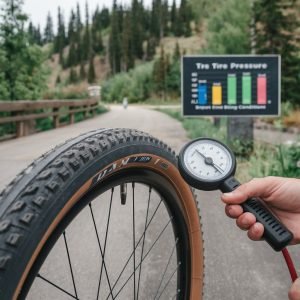
Great vehicle owners won’t suffer from under-inflated tires anymore.
Electronic sensors are revolutionizing the way tire pressure is monitored and adjusted, eliminating the need for manual checks. By automating pressure adjustments, vehicles can achieve better fuel efficiency, improved handling, and increased safety.
Automatically adjusting to changing road conditions reduces wear on brake pads and suspension components by smoothing out uneven inflation changes during driving.
The benefits of electronic sensors in optimizing tire pressure include reduced risk of blowouts and tire failure.
By leveraging this technology today vehicle owners will be able to experience smoother rides for years to come.
